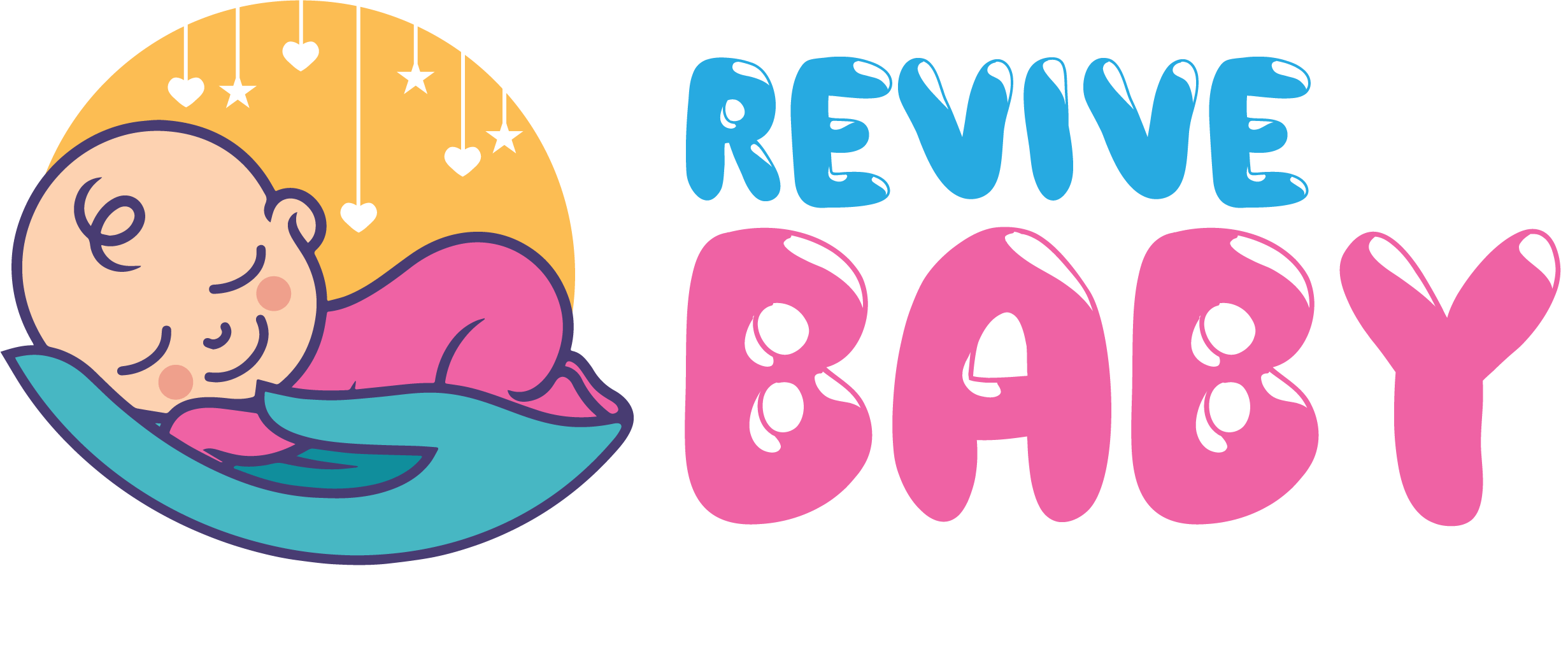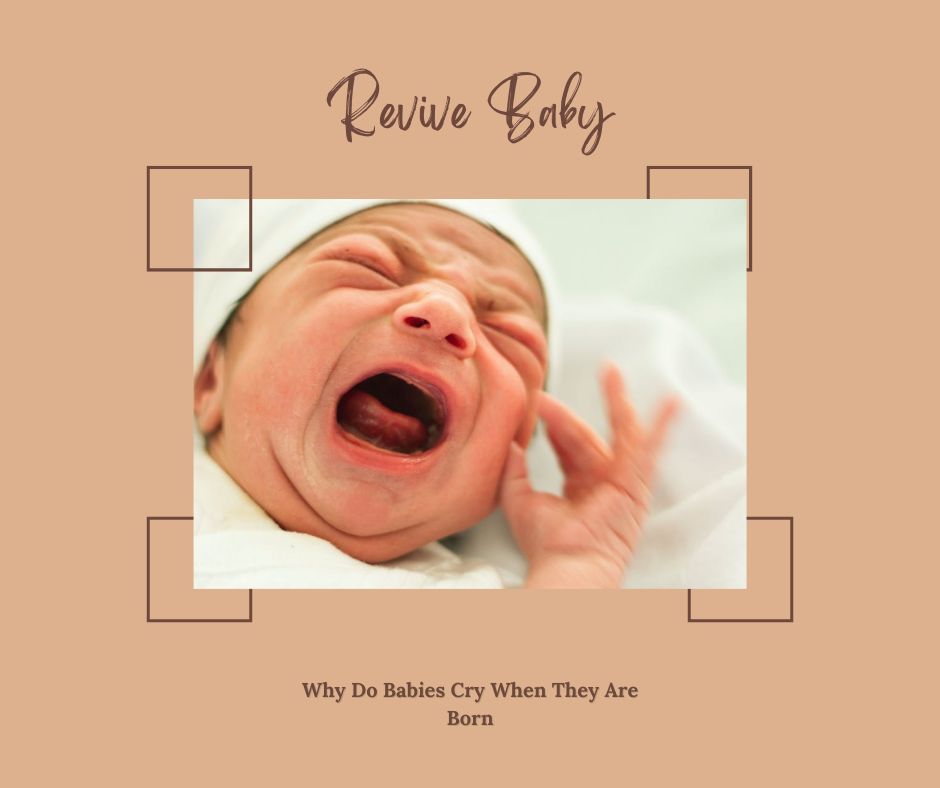Is it because they're apprehensive about venturing into the harsh world for the first time? The solution, as it turns out, is nothing short of amazing.
Her heart may melt when a mother hears her child's first cry. This is an important developmental milestone because it indicates that the baby's lungs have begun to function outside the womb.
Keep in mind that the placenta supplies oxygen to the infant while still in the womb. "Amniotic fluid fills the air sacs inside the lungs while a child is in utero," says Dr Ana Machado. When a baby is born, the pressure on the chest wall compresses it, forcing fluid out of the lungs.
A newborn infant's lungs can be compared to a sponge full of water that must be replenished with air after birth. Let's shed some more light on this interesting subject.
What Causes Babies To Cry When They Are Born?
Te most memorable part of giving birth may be hearing your baby's first triumphant scream as they take its first breath after delivery.
Even though most infants emerge from the birth canal with their heads first, they cannot breathe because their chests remain too compressed. As the labour pains subside, the newborn's respiratory reflex will begin.

You may hear your child coughing or sputtering as they clear the fluid from their airway and breathe in the fresh air. When air rushes through their vocal cords, the first sound is produced.
According to recent research, newborns with respiratory distress syndrome can be identified by their distinct crying patterns.
Hearing your newborn's first screams is exciting because their respiratory and circulatory systems adjust well to life outside the womb.
Baby angst is common as they adjust to their new surroundings. Skin-to-skin contact and nursing can help them find comfort.
How To Cope With Uncontrollable Crying?
You're trying to calm a fussy baby and could use a break. How will you deal with the situation? Snuggle up to your child and inhale the sweet fragrance emanating from the skin folds at the base of their neck. Then try the following methods:
- Please relax and take a deep breath. We get it; it's easier to say than to do. Nonetheless, the effort will be rewarded in the end. Promise. Why does it work if it's so effective? Entrainment is a phenomenon that causes us to follow a steady beat from outside automatically. In other words, your child will mimic your breathing and heart rate to the greatest extent possible. Slow them down as a result.
- At this point, your infant may need to breastfeed more frequently than every 30 minutes. If you do so, it's fine. Hopefully, the cluster feeding will result in a more restful night's sleep.
- Insert the pacifier. All infants have a strong sucking reflex. Instead of nursing or bottle-feeding your baby, you could try soothing him or her with a pacifier. Your baby will find comfort in sucking, and the extra saliva they produce will help digest the milk they have previously consumed.
- Promote close physical contact. Holding your baby to your chest, clothed or unclothed (red alert: keep the diaper on), may help to calm them by allowing them to hear your heartbeat.
- Tourniquet syndrome should be investigated. Check for hairs caught on your baby's fingers, toes, or privates. The ability of hair to restrict blood flow may result in increased redness and edema. Although it is not common, you should remain vigilant.
When Should You Worry?
If your infant appears inconsolable regularly, you should consider the following.

Reflux
Infants suffering from gastroesophageal reflux disease (GERD) may cry excessively. If your baby arches their back, wiggles a lot spits up a lot, and is irritable while lying on their back, they may have reflux.
Reflux occurs when stomach acid is regurgitated into the oesophagus. Remembering the pain of heartburn can help you relate to your child.
Many infants with reflux may suck excessively to self-soothe and relieve heartburn. If their fussiness is caused by reflux, increasing their food intake may aggravate the condition. If you suspect your baby is suffering from reflux, try a pacifier before resorting to excessive feeding.
Colic
A colicky baby does not cry like other babies. If your baby cries for three hours or more three days a week for three weeks, your doctor will most likely diagnose colic.
Constant crying is a common symptom of infant colic, which usually starts around week six and lasts until month 3 or 4. Doctor Harvey Karp's 5 S's: swaddle, side-stomach position, shush, swing, and suck are the simplest ways to get through this trying time. We've got you covered with this reassuring piece.
Pain
As you gain experience interpreting your baby's cries, you'll be able to recognise an agonising scream. Anguish screams are frequently loud and piercing..
Conclusion
Everyone knows that a baby's screaming aids in the development of their lungs. It has become as ingrained in our minds as other myths have. But is it possible?
Nope. In reality, no evidence supports this claim. Many studies, however, show that when infants are responded to promptly and consistently when they cry, they learn from their mothers that "Yes, you matter, and what you want is important to me."
Some well-meaning people may advise you to ignore your baby's cries, so they don't become spoiled and always want to be held. Just ignore them. According to experts, no one can spoil a newborn.
Raising children is likely to rank first in terms of job satisfaction. It is also an extremely difficult task. When you consider the time it takes to cry, you'll realise that everyone needs a break now and then.
It's a good idea to switch who is in charge from time to time. Take advantage of this opportunity to unwind by walking or taking a long shower. You can reassure yourself that you're the best parent possible by looking at photos of your newborn baby while snuggled up in bed.









